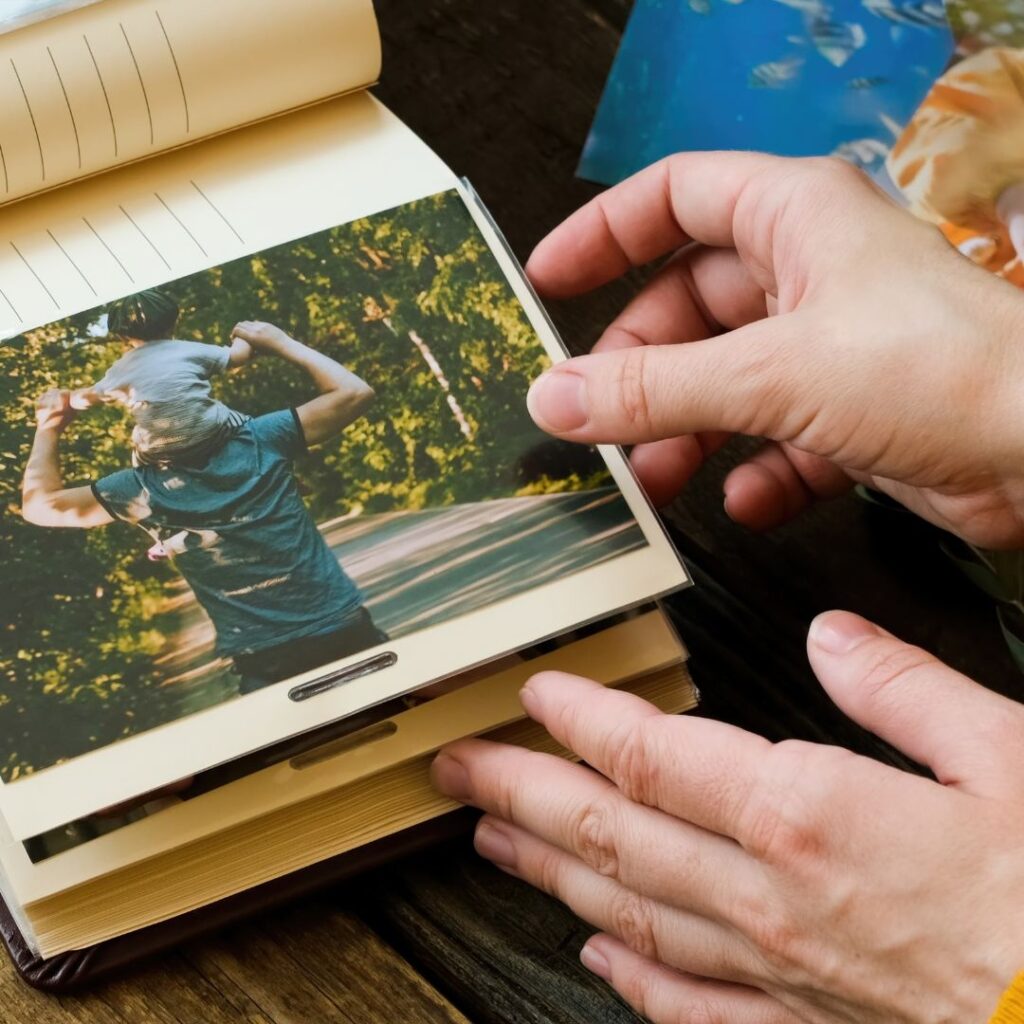Helping Aging Parents Let Go of Clutter – A Guide for Adult Children

February 4, 2025
Supporting aging parents as they downsize and let go of decades of accumulated items can be both challenging and deeply rewarding. It’s a journey filled with memories, emotions, and sometimes resistance, especially when it comes to discarding or donating possessions. By understanding the reasons behind their hesitations and learning how to gently guide them through the process, you can make this transition smoother and more meaningful for everyone involved. Here are some tips, phrases, and examples to help adult children work with aging parents on decluttering.
Understanding Why Parents May Resist Letting Go
To approach downsizing with compassion, it’s important to recognize common reasons why seniors may resist discarding or donating items:
- Sentimental Value: Many items represent milestones and memories. Your parents may see each piece as part of their personal history or an extension of a loved one.
- Security: For some seniors, having possessions around them offers a sense of security. “What if I need it later?” is a frequent concern, especially for items they might have used in the past.
- Control and Independence: Downsizing often feels like a loss of control, especially when health or mobility issues limit their independence. Keeping items can symbolize a form of autonomy.
- Guilt or Obligation: They may feel obligated to keep family heirlooms, even if they no longer find them meaningful. Letting go can feel like they’re dishonoring family history or someone’s memory.
“When we cling to items out of sentimentality, we often believe that these objects are a piece of the person we love. In reality, however, they’re just things,” says Allison Bolt of Knoxville Home Organizer.
Tips for Encouraging Downsizing Conversations
- Start Small: Suggest beginning with a less sentimental area, like a linen closet or pantry. This eases them into the process without overwhelming emotions.
- Focus on Safety and Comfort: Emphasize how a less cluttered home can make it safer and easier for them to move around, minimizing tripping hazards and reducing stress.
- Involve Them in Decision-Making: Give them choices throughout the process. Rather than saying, “We need to get rid of this,” try, “Would you like to keep this, or should we find it a new home?”
- Highlight Opportunities for Giving Back: Sometimes, it helps to mention that their items could benefit others. Mention that clothing donations could help a family in need or furniture could assist young people starting out.
- Identify Donation or Selling Options: Suggest selling valuable items or donating to a cause they care about. Knowing their belongings will be appreciated by others can ease the letting-go process.
- Use Positive Language: Frame decluttering as a way to “honor memories” rather than “throwing things away.” Reframe the process as a positive step forward instead of focusing on what’s being left behind.

Phrases That Can Help Guide the Downsizing Conversation
- “Let’s find a good home for this.”
- “I remember how much you enjoyed this. Is there someone in the family who might like it as much as you did?”
- “We want to make things easier for you around the house. Clearing out a few things might help you feel more comfortable and less crowded.”
- “Imagine how nice it will be to have a little more open space.”
- “You’ll still have all the memories; we’re just simplifying what you need to take care of every day.”
Examples of Gentle Approaches
- The Closet Approach: Let’s say your parent has a closet full of coats they don’t use. Instead of asking them to discard them all at once, ask if there are one or two they’d be open to donating to a charity. Knowing that one piece is going to a good cause may gradually encourage them to let go of more.
- The Memory Box Idea: For sentimental items like old letters or souvenirs, suggest creating a small memory box. This allows them to keep their most precious items without storing everything. It’s a middle ground that maintains emotional connections while reducing clutter.
- Digitizing Photos: Offer to help digitize old photos, so they can keep memories alive without taking up space. This can be a fun project and a trip down memory lane while also preserving the family legacy for generations.

Reasons Why Decluttering and Downsizing is Beneficial
- Increased Safety: Fewer items make it easier to navigate around the home, which can be crucial as physical mobility changes.
- Simpler Maintenance: A decluttered home is easier to clean and manage, leaving more energy for things they enjoy.
- A Fresh Start: Downsizing can feel like a new chapter and often leads to a more peaceful, serene environment.
- Easier Transitions: If a move becomes necessary down the road, having a streamlined home can make the change less overwhelming.
Decluttering isn’t just about clearing out and organizing your physical spaces – it’s about creating a space that fosters emotional wellbeing and the freedom to love and enjoy your home the way it was meant to be.
Helping your aging parents declutter is a way of honoring their life story while creating a safe, manageable, and peaceful home for them. By approaching this transition with understanding, patience, and empathy, you’re not only making their life easier but also helping them preserve memories in a more meaningful, intentional way.
Less Stuff ❤ More Space ❤ Better Life ❤